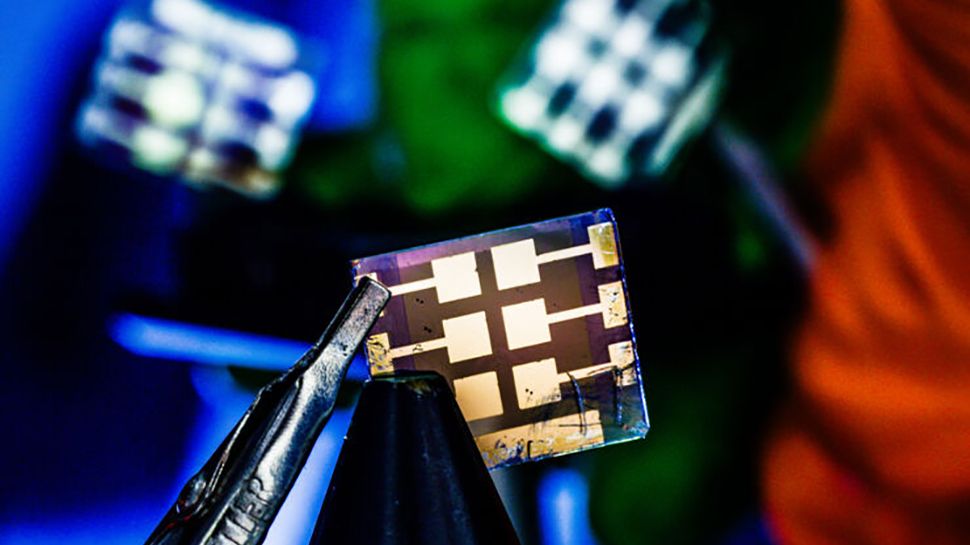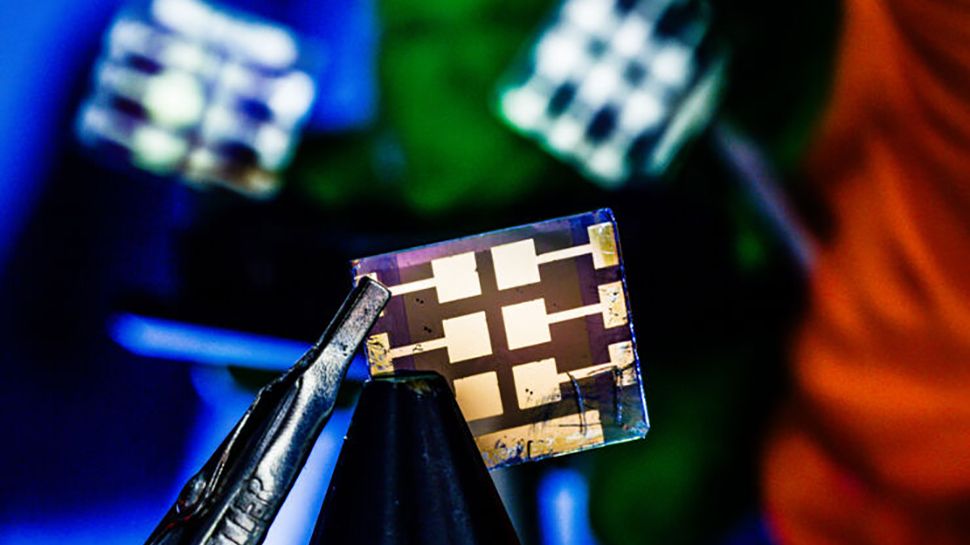
The majority of personal gadgets feature LCD and OLED screens, but most just show information. To make these screens do more – like detecting touch or changing light levels – they need additional sensors. Researchers at Linköping University (LiU) in Sweden have invented a new kind of screen where all these sensor functions are built right into the screen’s LEDs.
The breakthrough in display technology was achieved by crafting RGB LED displays from a “miracle” material known as perovskite. This development marks a potential revolution for future screens of smartphones, computers, and tablets.
Perovskite is renowned for its remarkable light absorption and emission capabilities. This crystalline substance forms the core of the LED and fuels the array of features in the screen.
Still a decade away
Apart from touch and light response, the perovskite screens can recognize fingerprints and sense the user’s pulse. Most impressively, they can harvest light to transform the screen into a solar cell for continuous device charging.
“Your smartwatch screen is off most of the time. During the off-time of the screen, instead of displaying information, it can harvest light to charge your watch, significantly extending how long you can go between charges,” says Chunxiong Bao, associate professor at Nanjing University, previously a postdoc researcher at LiU and lead author of the paper.
Despite these exciting advancements, there’s still ground to cover before these screens can become a household reality. One significant hurdle is the short service life of the display. Zhongcheng Yuan from the University of Oxford, another lead author for the study, noted, “At present, the screen only works for a few hours before the material becomes unstable, and the LEDs go out.”
Yuan estimates a timeline of a decade to resolve these challenges, but maintains optimism for the future of RGB LED displays with perovskite as its powerhouse.
Optoelectronics professor at Linköping University, Feng Gao, noted, “We’ve now shown that our design principle works. Our results show that there is great potential for a new generation of digital displays where new advanced features can be created. From now on, it’s about improving the technology into a commercially viable product.”
More from TechRadar Pro
Services Marketplace – Listings, Bookings & Reviews
